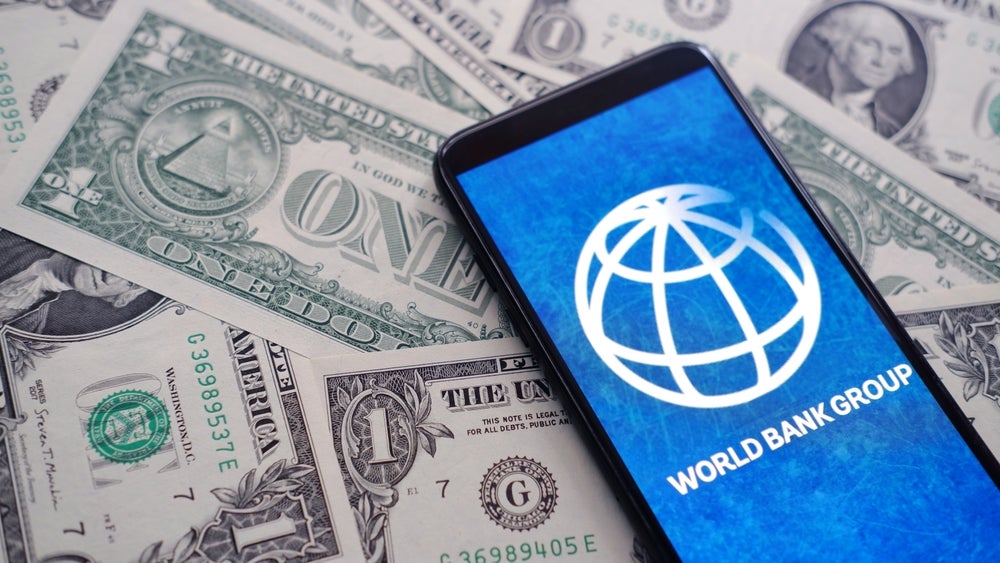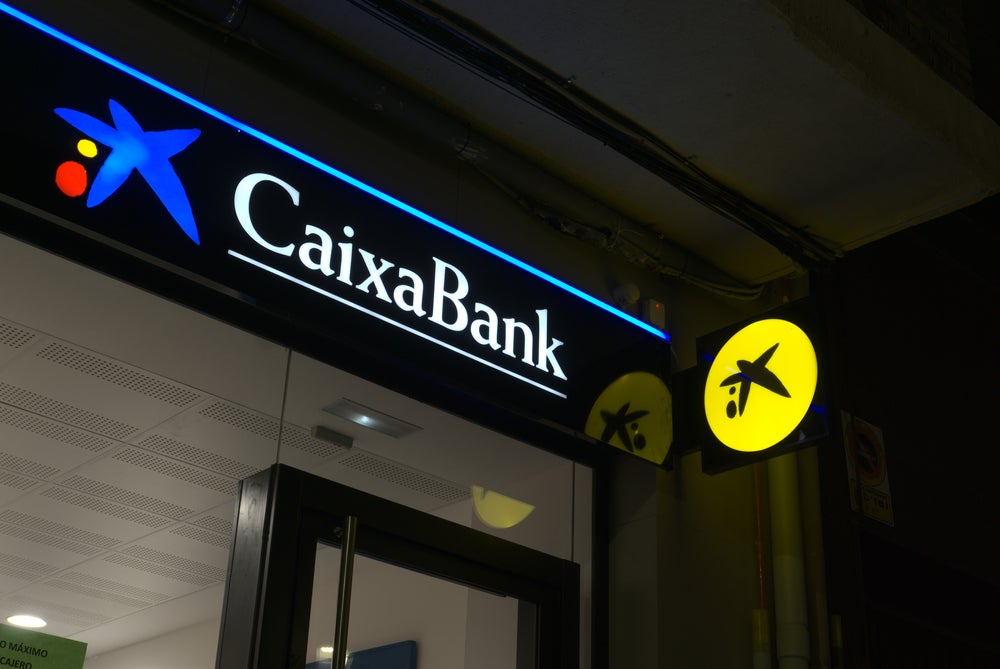Itaú will put some distance between itself and arch-rival Bradesco
at the top of Brazil’s banking league table. It will also leap
ahead of Banco do Brasil, the state-controlled bank which
previously enjoyed an unassailable position as the country’s
largest bank. Rodrigo Amaral reports.
The merger between Banco Itaú and Unibanco – it is more an
acquisition of Unibanco – which surprised most analysts when it was
announced last month, has in a flash created the largest bank in
Brazil and South America and thrown the gauntlet down to groups
like Bradesco, Santander and HSBC, all of whom have similar
aspirations on the continent. The deal will almost certainly mark
the start of a new round of consolidation in the region.
With the deal, Banco Itaú will put some distance between itself
and arch-rival Bradesco at the top of the commercial banking league
table. More strikingly, it will also leap ahead of Banco do Brasil,
the state-controlled bank which has enjoyed until now an
unassailable position as Brazil’s largest bank.
Symbolically, the merger – of which Banco Itaú will be the
largest partner – was made public in the same weekend when Emilio
Botín, the chairman of Spain’s Santander, had announced during a
visit to Brazil his own intentions to turn its Brazilian subsidiary
into the largest commercial bank in the country.
Local analysts say, in this case, the timing was not a
coincidence. After a few years struggling to find its feet in
Brazil after the acquisition of Banespa, a big regional state bank
in 2000, Santander made a firm statement of intent with the
acquisition of ABN AMRO’s Banco Real last year. The operation
consolidated Santander as the third largest private sector bank in
the country.
The threat of a truly global player, Santander, making
considerable inroads in its home turf made Itaú’s ambition more
than a dream, but a necessity.
How well do you really know your competitors?
Access the most comprehensive Company Profiles on the market, powered by GlobalData. Save hours of research. Gain competitive edge.

Thank you!
Your download email will arrive shortly
Not ready to buy yet? Download a free sample
We are confident about the unique quality of our Company Profiles. However, we want you to make the most beneficial decision for your business, so we offer a free sample that you can download by submitting the below form
By GlobalData“The fact that launched our most recent round of negotiations
[with Unibanco], in August last year, was the news that Banco Real
had been sold to Santander,” Banco Itaú chairman Roberto Setúbal
told analysts. “That operation created a huge, global and very
strong competitor in the local market.”
Largest bank in Latin America
The new entity will be the largest bank in Latin America and one
of the 20 top banks in the world. It will have total assets of
BRL575 billion ($262 billion), BRL170 billion more than Banco do
Brasil. The estimated market value of the new company at the
beginning of November was $51 billion, which would turn it into the
sixth largest bank in the Americas, and the largest outside the
US.
One analyst at Santander estimated the two companies will secure
some BRL4 billion of synergy savings as a result of the deal.
Together, Itaú and Unibanco will have an estimated 36 percent
share of the total revenues in the Brazilian credit card sector.
The number of customers will reach 14.5 million, or 18 percent of
the market. Its 4,800 service points will also represent 18 percent
of the total, and the share of the credit market will be 19
percent.
The new bank will have a strong presence in bancassurance, with
a 17 percent share of the insurance market in Brazil, and 24
percent of the market for pension plans. It will also be the
largest asset manager in Brazil and the top provider of onshore
private banking services in Latin America.
“Itaú works more with the upper brackets of the retail market,
as well as bigger companies. Unibanco is strong with the middle
classes and also with mid-sized companies,” Carlos Daniel Coradi,
the chairman of São Paulo-based consultancy EFC, told
RBI.
But the new banking group has also set its sights on foreign
markets, pledging to be the first Brazilian bank with a significant
presence in other markets.
“The merger allows us the ambition to become a global bank,”
said Setúbal.
Chile and México are likely to be the first targets of the new
group’s international plans.
By joining forces, the two banks reduced the risk of becoming
targets for global predators. Unibanco, specifically, was seen as
particularly prone due to its medium size and strength in Brazil’s
middle-class markets.
“Now we have become buyers,” said Setúbal, who will be the CEO
of the newly merged bank.
It also expects that its bigger size will help to secure access
to sources of liquidity outside Brazil.
The local media has been in a frenzy since the merger was
announced, as the rumour mill worked overtime to establish which
will be the next deal to hit the banking market.
According to Alberto Borges Matias, a banking expert at USP, a
São Paulo-based university, bank mergers make a lot of sense in
Brazil because of the peculiarities of the local market.
“The volume of operations of credit and capital markets in
Brazil remains too low, despite the fast growth of the past few
years,” he said.
Borges Matias points out that the ratio of loans to the
Brazilian GDP is still a mere 39 percent, against 247 percent in
the US.
“This shows Brazil has great potential for growth, but Brazilian
banks don’t have enough volume of operations to fund their costs,”
he added.
“A bank operating in the whole of Brazil has high operational
costs. To cover those expenses, banks have to charge very high
interest rates. As Brazilian interest rates one day will drift
towards the levels of developed countries, banks will struggle to
survive. Mergers and acquisitions to [increase scale] are the
solution, and that’s the reasoning behind the Itaú/Unibanco
deal.”
The revised bank league table in Brazil is topped by two giant
private institutions, Itaú/Unibanco and Bradesco; two giant state
banks, Banco do Brasil and Caixa Economica Federal (CEF); and two
subsidiaries of huge global groups, Santander and HSBC.
Although a merger between Banco do Brasil and CEF, which is
closely linked to the federal government’s housing policies, has
been mooted, Coradi considers it unlikely. The firms highlighted as
possible targets, therefore, are much smaller than Unibanco and
unlikely to bring to the purchaser the same benefits that Itaú
expects from the deal.
One of them is Nossa Caixa, a partially-listed bank controlled
by the government of São Paulo, Brazil’s wealthiest state.
Political negotiations have been in place with the aim of allowing
Banco do Brasil to absorb Nossa Caixa, which has assets of BRL54
billion – but some analysts think Bradesco could have an interest
in it too.
Neither would be capable of topping Itaú/Unibanco with the
acquisition.
Banco Votorantim, the financial arm of one of the most
influential industrial groups in the country, is also expected to
become the target of a larger player, with Banco do Brasil and
Bradesco the most likely candidates.
But again, Banco Votorantim, with assets worth BRL73 billion, as
well as Banco Safra (BRL61 billion), the next in the line, do not
have the size to drive either Bradesco or Banco do Brasil back to
the top of the rankings.







